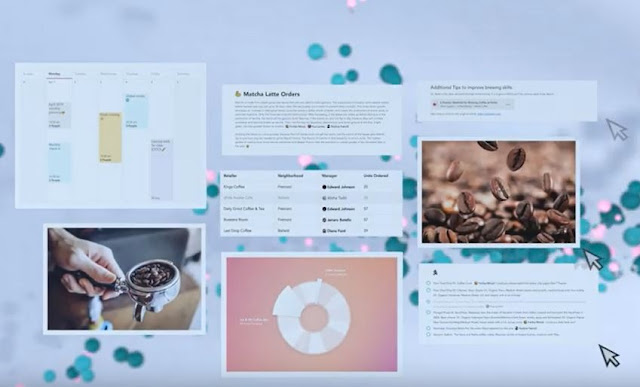Fluid Framework is an ambitious project from Microsoft, whereby users can create discrete pieces of content — such as tables, graphs or lists — that live on the web and are fully browser compatible.
Microsoft at Build 2020, opened up Fluid Framework as a preview for Microsoft 365 Enterprise and education subscribers who are enrolled in Targeted Release, and also promised to open-source the software; with the code and SDK made available on GitHub.
While the goal behind Fluid is for such contents as text, tables, graphs or lists to live on the web instead of the desktop or a SharePoint drive and these artifacts can be collaborated on or snapped together with other elements in real-time across a variety of environments.
What's the Concept behind Fluid Framework?
Microsoft envisions a model where bots like its virtual assistant, Cortana can work alongside users to easily translate text, suggest edits and perform fact checks directly within the Fluid components.
The overall aim is to find its way to making Office "a development environment" where organizations can start to "embed Fluid" in business processes and deeper collaboration environments. Albeit, Microsoft does feel a bit of pressure to break the silos within various applications out there, whether it's Google's or other collaboration software, that are pushing the boundaries of what it is to collaborate.
And it is believed that the success of Fluid will depend mainly on the developer community, as they are the starting point to take Fluid in the direction that will bring more innovation into Microsoft 365 and Office eventually.
How it Works?
Fluid environment is essentially a blank slate, with the option to create a document or artifact that can then be shared within your network. These elements can be easily dropped in an email via Outlook or other Microsoft productivity apps through Office.com for starters.
And by open-sourcing the Fluid framework, Microsoft will afford developers to work Fluid elements into a variety of other platforms in the future, allowing these artifacts free roam on the internet and in various productivity apps in use.
However, the full potential of the Fluid Framework can only be accomplished through creating diverse, open, and vibrant developer community.









No comments